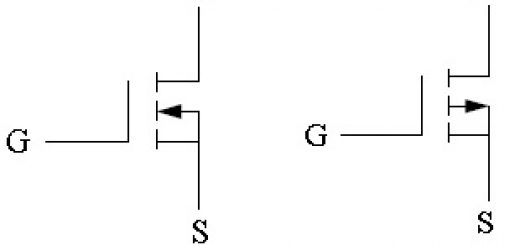How Tuned collector oscillator works? - Circuit Operation, Working Principle
Tuned collector oscillator: Basics, Working Principle, Circuit Operation
We know that, if tank circuit and feedback circuits are properly connected, then a transistor can work as an oscillator to produce continuous undamped oscillations.
Commonly used transistor oscillators are given below:
- Tuned collector oscillator
- Colpitt’s oscillator
- Hartley oscillator
- Phase shift oscillator
- Wien Bridge oscillator
- Crystal Oscillator
All these oscillators are having same function of producing continuous undamped output. But the main difference between them is the method by which energy is supplied to the tank circuit to meet the losses.
In this post let us discuss about How Tuned collector oscillator works?... In this post let us discuss about How Tuned collector oscillator works?
Before proceeding further it is recommended to know about How Tank Circuit Works?
Tuned Collector Oscillator Circuit Diagram:
The circuit diagram of the tuned collector oscillator is shown below.
 Here the combination of L1-C1 in the collector forms the tuned circuit (tank circuit). Thus it is referred as tuned collector oscillator.
Here the combination of L1-C1 in the collector forms the tuned circuit (tank circuit). Thus it is referred as tuned collector oscillator.
The frequency of oscillation is the frequency is depends on the values of L1 and C1.
As shown in the circuit, the coil L2 is magnetically coupled with the tank circuit coil L1. Coil L2 is known as feedback coil. The coils L1 and L2 form the primary and secondary windings of transformer respectively. The biasing is provided by R1, R2 combination. The capacitor C provides low reactance path to the oscillations.
Tuned Collector Oscillator Operation:
- When the switch S is closed, the collector current starts increasing . It charges the capacitor C1.
- Once the capacitor is fully charged, it discharges through inductor L1.
- This charging, discharging process happens at the frequency given in above equation.
- By mutual induction, these oscillations induce some voltage in the coil L2.
- The induced voltage in the L2 has the same frequency of tank circuit (L1-C1).
- But its magnitude is depends upon the coupling between L1 and L2 & no of turns in the coils.
- This voltage is applied as a base voltage to the transistor which will be amplified and fed to the collector circuit.
- Thus the losses in the tank circuit are compensated (ensuring undamped oscillations).
- A phase shift of 180° is created between voltages of L1 and L2 due to transformer action.
- Then a phase shift of 180° happens between base-emitter and collector circuit due to transistor properties. Thus the phase of feedback is same as the phase of tank circuit.
Read More:
What is the Difference Between BJT and FET?
How LDR Works? Photoresistor Basics, Construction, Limitations
What is Hysteresis loop? What is Hysteresis Loss?
How Calling Bell Works?
Thanks for reading about tuned collector oscillator circuit... Please leave your comments below.... Please subscribe to get new posts to your mail id...


